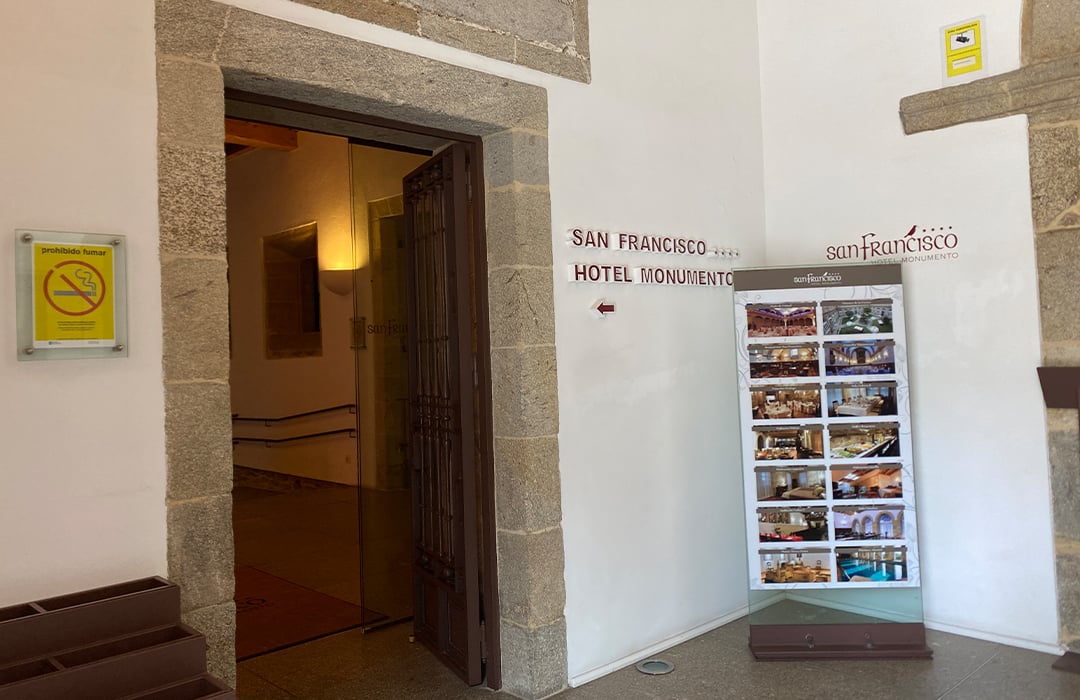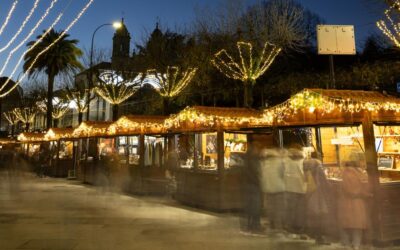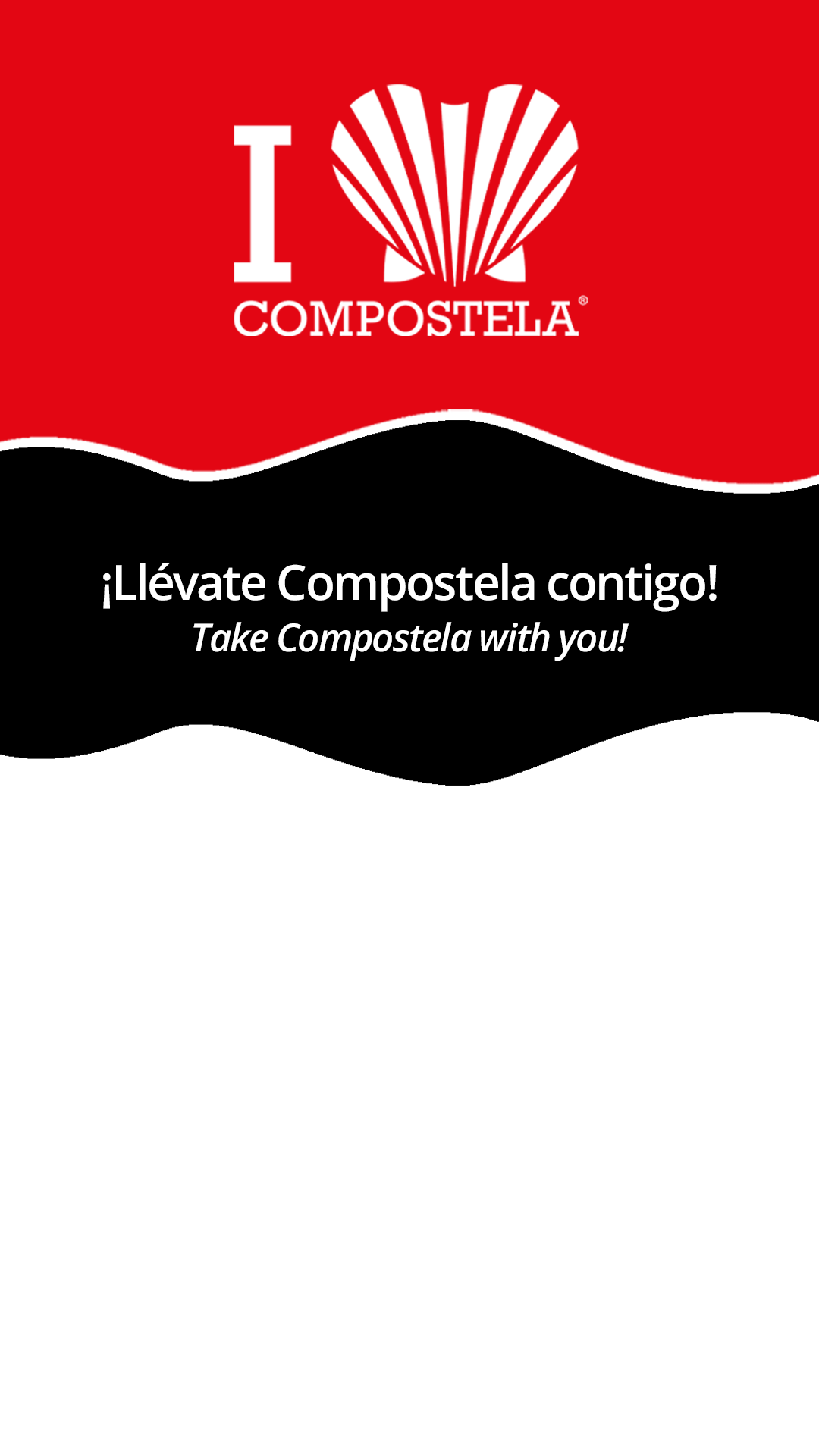The
Museum of the Holy Land
is located in one of the cloisters of the Convent of San Francisco, an architectural ensemble characteristic of Galician baroque that dates back to 1214.
Specifically, it is the Cloister of the Immaculate Conception, dating from the early 17th century, which houses in its upper part this unique collection that allows us to trace the history of the material culture and tradition of the Near East, the current State of Israel.
According to the records, the origin of the museum is linked to the main piece of an exhibition of Sacred Art in Rome promoted in 1950: the model of the Holy Sepulcher, a scale reproduction of the hierosolimitan basilica, the work of Fray Bartolomé de las Heras.
The constitution of the Spanish Association of the Friends of the Holy Land was another of the entity’s decisive antecedents. After its creation, the archaeological and documentary material available increased considerably, thanks to donations and Franciscan custody.
The lack of financial resources forced the project to be postponed until 1980, when the current collections were deposited in the Convent of San Francisco through the mediation of the Xunta de Galicia, which led to the creation of the current Museum of the Holy Land.
The funds that make up the exhibition project seek to build a cultural bridge to link Santiago de Compostela with Jerusalem, two of the great centers of pilgrimage worldwide.
In this way, visitors can learn about the diversity of traditions and cultures that left their mark on the Holy Land from an archaeological, social, artistic and religious point of view.
The first section, called ‘Remote Past’, covers the evolution from the Paleolithic to the Roman domination, while ‘Present in the Holy Land’ reviews the craftsmanship of the area, with pieces made from mother-of-pearl and olive wood.
Among them are some of the most admired elements of the collection along with the impressive models, especially the recreation of the Basilica of the Holy Sepulchre mentioned above.
Jerusalem Coveted’ is dedicated to the civilizations related to the history of the region, and ‘Coexistence Today’ reviews the religions and cultures present in the area.
The exhibition also includes a collection of coins used in the area, some of them minted by Alexander the Great.






